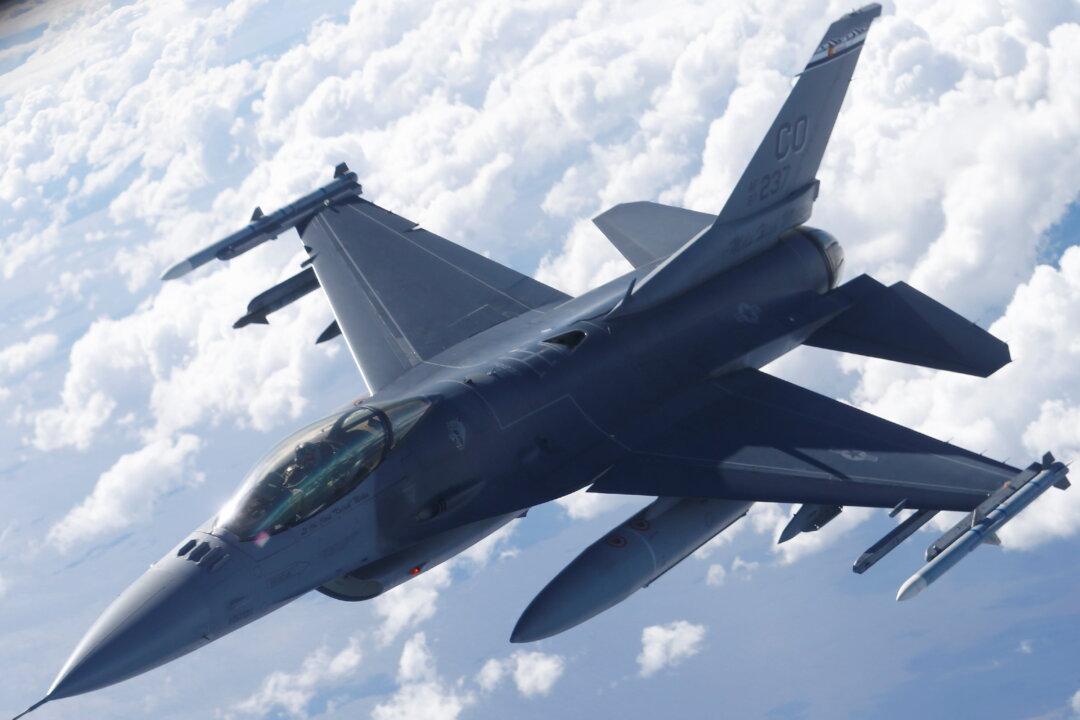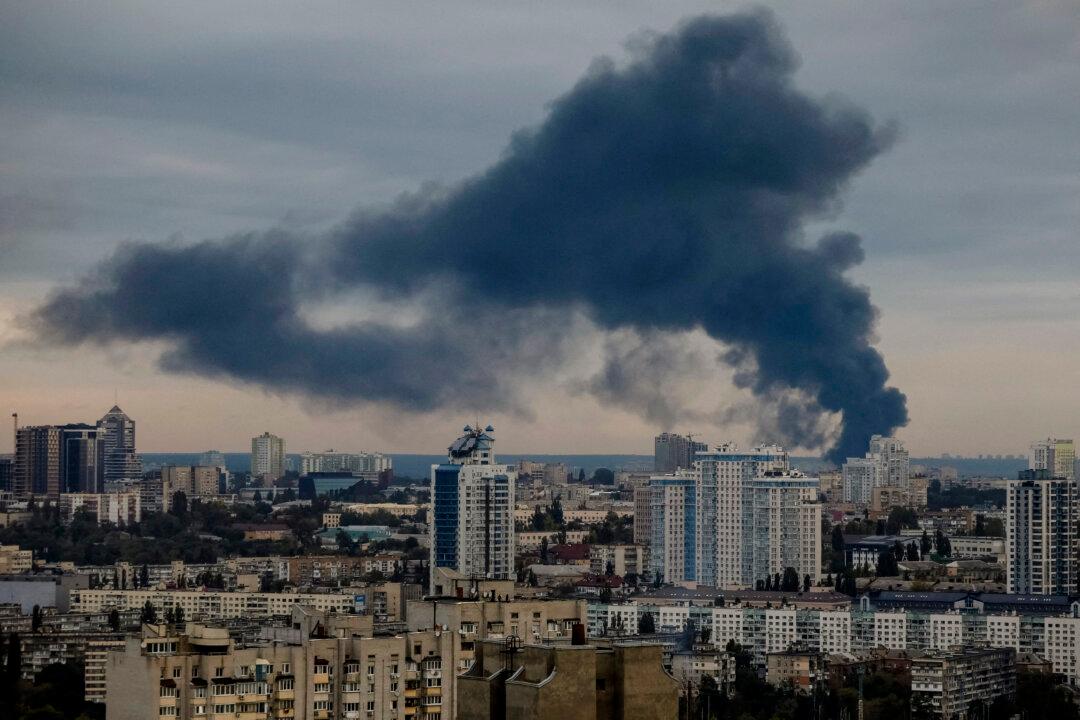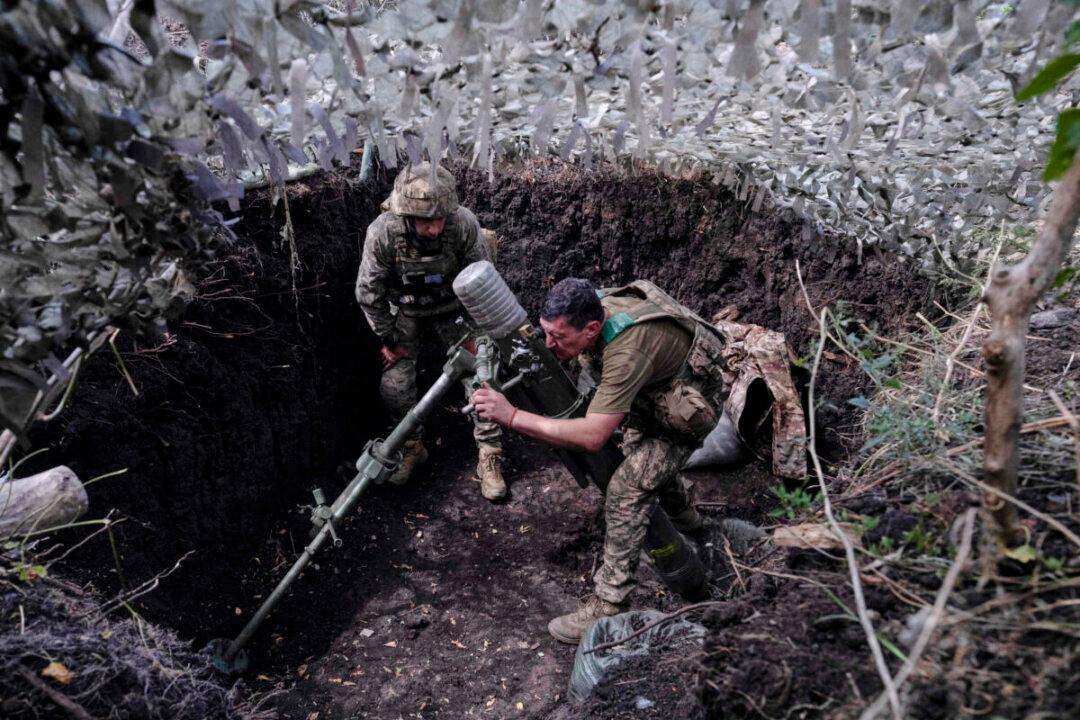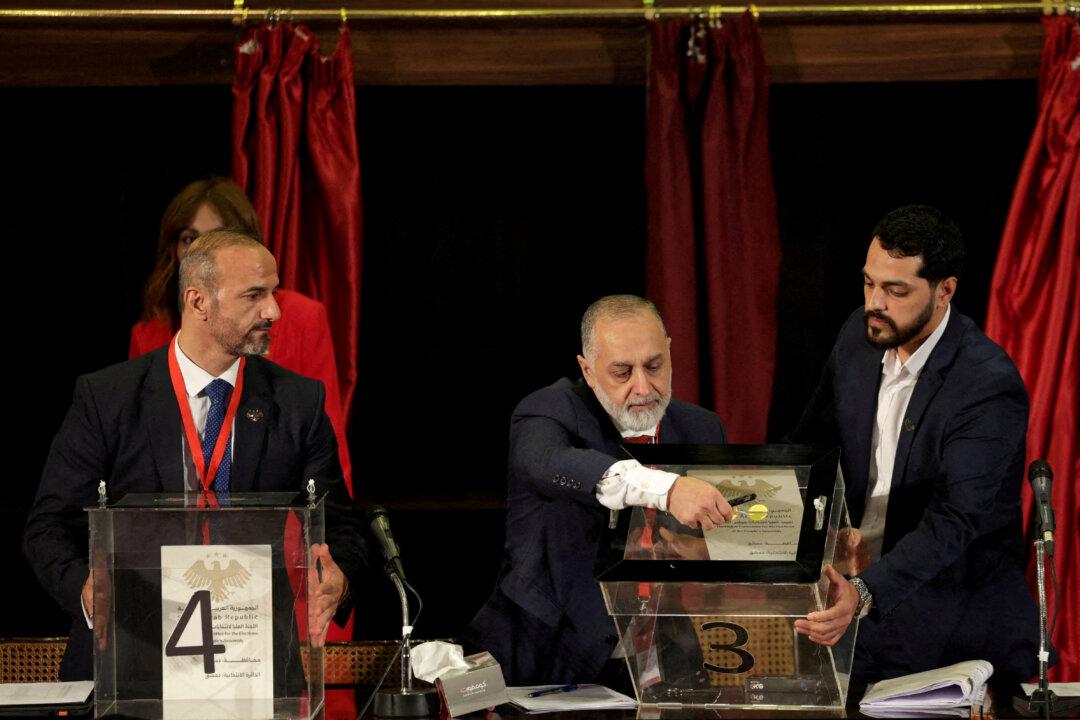Since Russia began its invasion of Ukraine 15 months ago, the West, with the United States leading, has provided Kyiv with increasingly sophisticated—and costly—weapons.
First, it was HIMARS rocket launchers, then advanced battle tanks and, most recently, U.S.-made Patriot air-defense systems. Each time, the new weapons were touted as “game-changers,” sure to turn the tide of battle in Ukraine’s favor.





